Powering LED Strip Lights Using Batteries: A Definitive Guide
Table of Contents
LED strip lights offer a great solution to illuminate your house or office, available in different sizes, shapes, colours, and styles. LED strips could be an ideal pick if you’re looking for extra lighting in your space.
However, it’s not always possible to have a 220V plug available to power an LED strip. Hence, for convenience, you might need to resort to battery power. Batteries are useful when you’re in a place without a power source, such as during a camping trip or in a car.
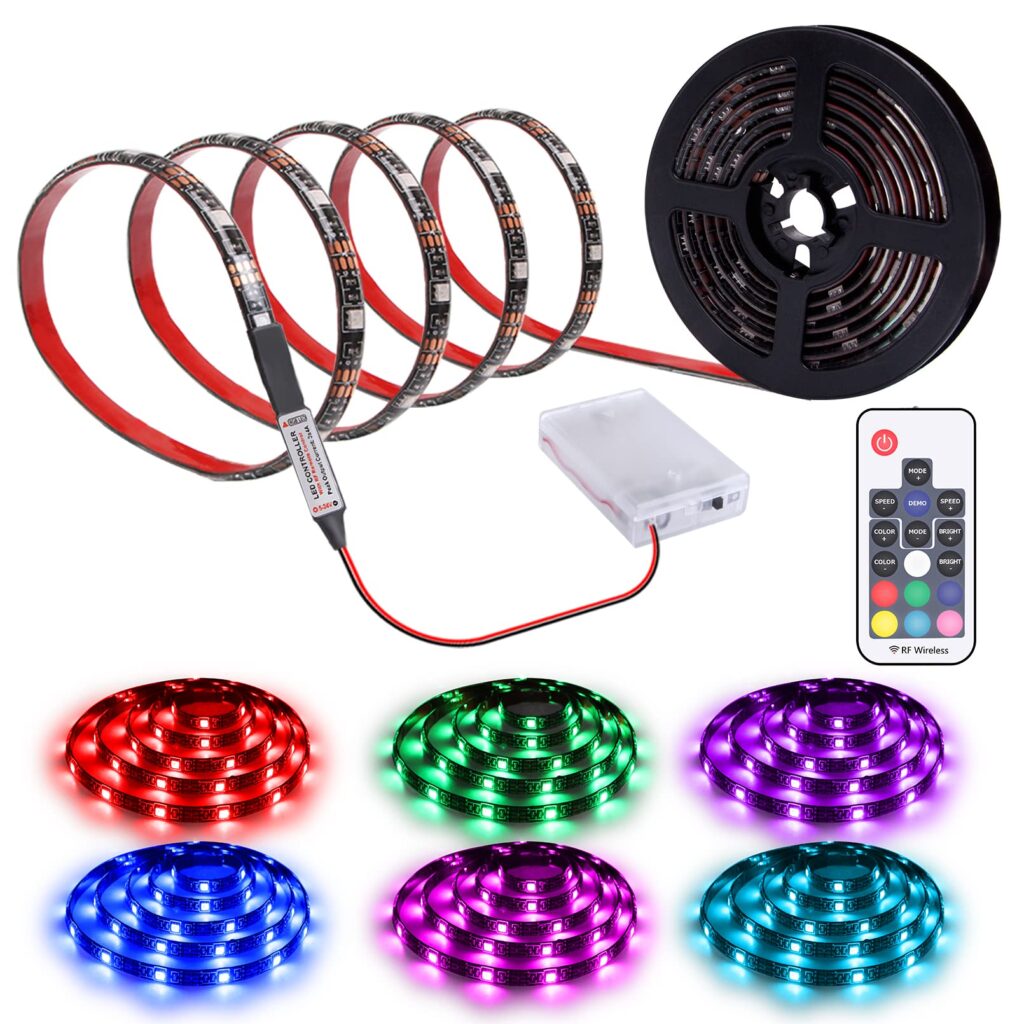
Is it possible to power LED strip lights with batteries?
Indeed, you can use any type of battery to power your LED strip lights. Nonetheless, it’s suggested to use rechargeable batteries since they tend to last longer and are more energy-efficient.
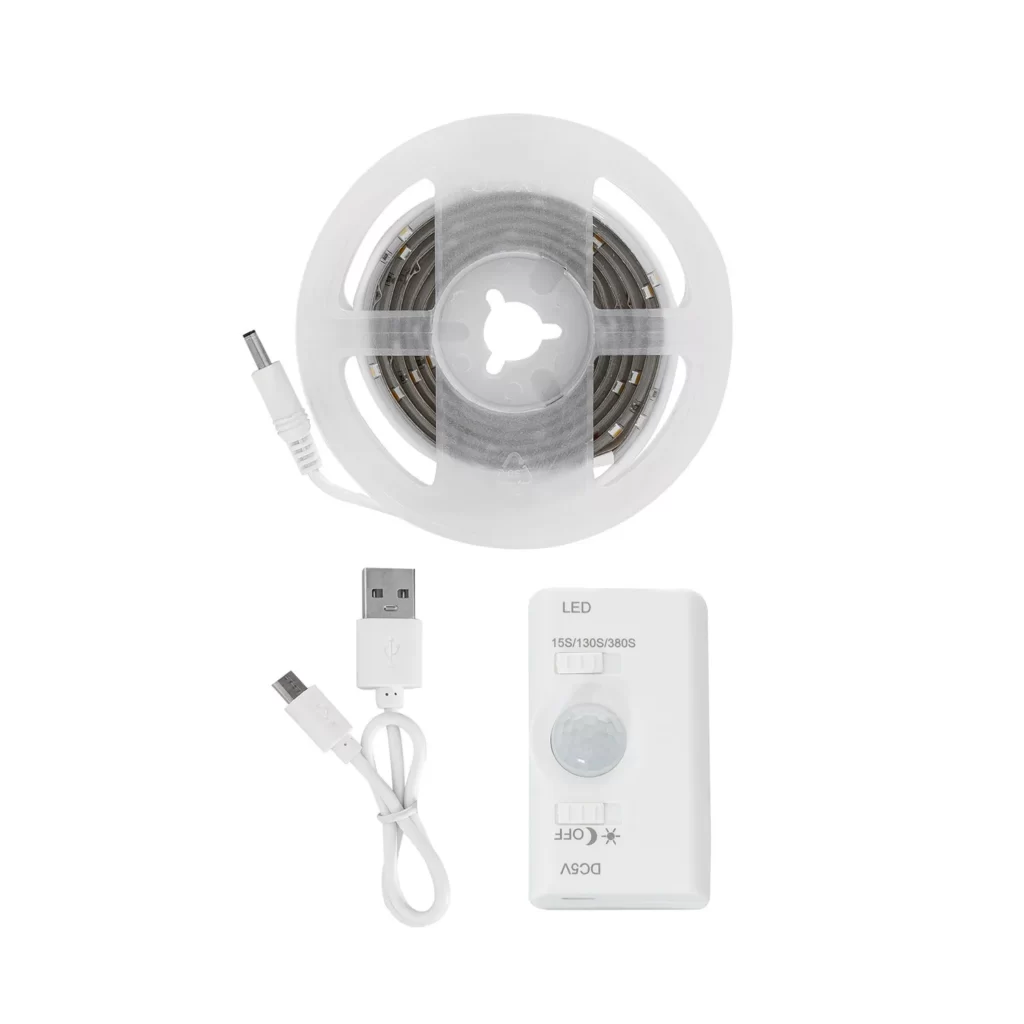
What’s the purpose of using a battery for LED strip lights?
Batteries offer portability, meaning they can be transported with ease. If you’re planning an outdoor camping trip where access to power might be limited, an LED strip to battery can be your go-to solution. Many of our demo boxes use battery power, enabling us to showcase our products to customers at any location, anytime.
How can I select a suitable battery for LED strip lights?
Selecting a battery for LED strips isn’t complex. Your main considerations should be the output voltage, power capacity, and the type of connection.
Choosing the right voltage
The majority of LED strips operate on 12V or 24V. It’s crucial to ensure the battery’s output voltage doesn’t surpass the LED strip’s working voltage, as this could damage the strip. A single battery may not be able to produce an output voltage of 12V or 24V, but by linking multiple batteries in a series, you can achieve the voltage required.
For instance, for a 12V LED strip, you’d require eight 1.5V AA batteries linked in a series (1.5V * 8 = 12V). For 24V LED strips, you can connect two 12V batteries in a series, equating to 12V * 2 = 24V.
Determining Battery Power
The energy capacity of a battery is typically denoted in milliamp hours (mAh) or watt-hours (Wh). These measurements indicate the battery’s duration to supply a specific current (mA) or power (W) before it becomes discharged.
How do you determine the period a fully charged battery can be used to power an LED strip?
To start, you must determine the total power consumption of the LED strip. This information is typically found on the LED strip’s label, which provides the power consumption per meter. To get the total power, you multiply the power per meter by the total length of the LED strip.
Next, divide the total power by the voltage to obtain the total current in amperes (A). Multiply the total current in A by 1000 to convert it into milliampere (mA).
You can identify the mAh value on the battery. Here are the mAh values for some common batteries:
AA Dry Cell: 400-900 mAh; AA Alkaline: 1700-2850 mAh; 9V Alkaline: 550 mAh; Standard car battery: 45,000 mAh
To calculate the expected operating hours of the battery, divide the battery’s mAh value by the mA value of the LED strip.
Hooking Up the Battery
It’s also important to verify that the connectors of your battery and LED strip are compatible. The output terminals of a battery pack typically come with open wires or DC connectors. Similarly, LED strips commonly come with open wires or DC connectors.
Which types of batteries are suitable for powering LED strip lights?
LED strip lights can utilize various battery types, each with a specific function. Coin cells, alkaline, and lithium batteries are commonly used.
Coin cell battery
Coin cell batteries, also known as button cells or watch batteries due to their small, cylindrical shape resembling a coin, are commonly found in small electronic devices like watches and calculators.
These batteries comprise a positive electrode (cathode) and a negative electrode (anode), separated by an electrolyte. The cathode and anode interact with the electrolyte to generate an electric current when the battery is in use. The current produced by a coin cell battery is determined by its size.
Materials like lithium or zinc-carbon are typically used to construct coin cell batteries, but other materials like silver oxide or mercury oxide are also utilized. Coin cells can supply only 3 volts at 220mAh, sufficient to illuminate one to a few LEDs for several hours.


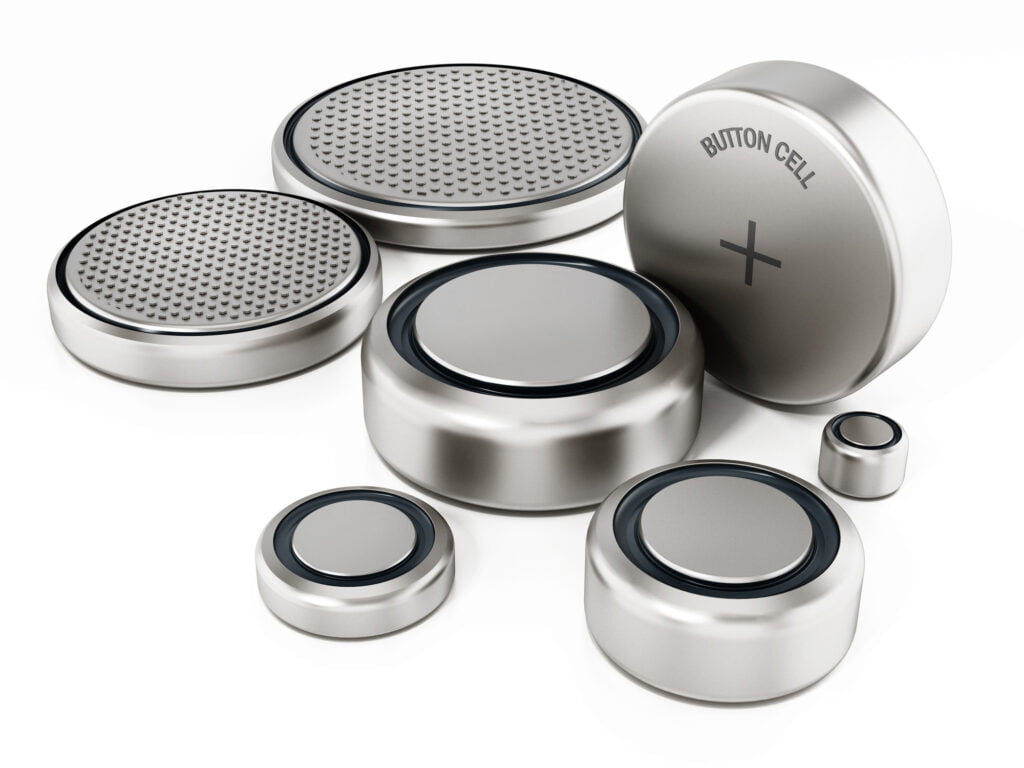
1.5V AA/AAA Alkaline battery
1.5V AA, AAA Alkaline batteries are prevalent in numerous electronic devices. They are commonly found in flashlights, remote controls, and other small electronic devices. Thanks to their extended shelf life compared to other batteries, alkaline batteries are a preferred choice for devices that aren’t used regularly.
Due to their small size, AAA batteries have a capacity of just 1000mAh. However, AA batteries offer a larger capacity, reaching up to 2400mAh.
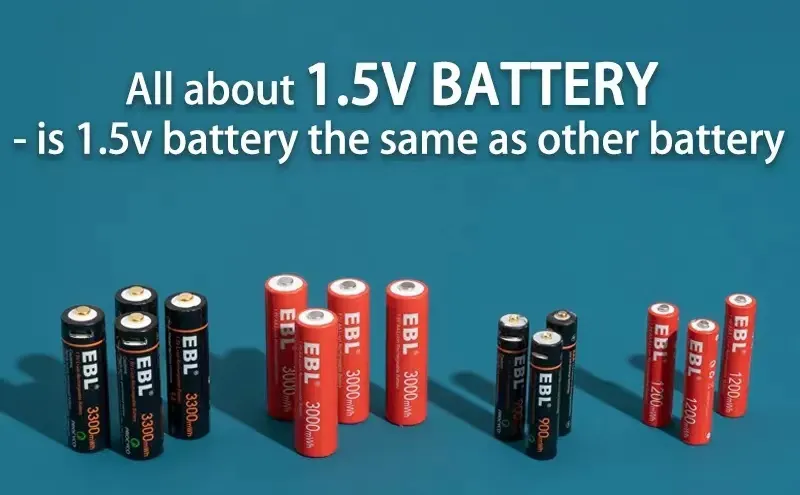
Battery Box
A battery box is an excellent solution if you require a way to connect multiple AA/AAA batteries. It allows you to install multiple batteries, which can be connected in series.
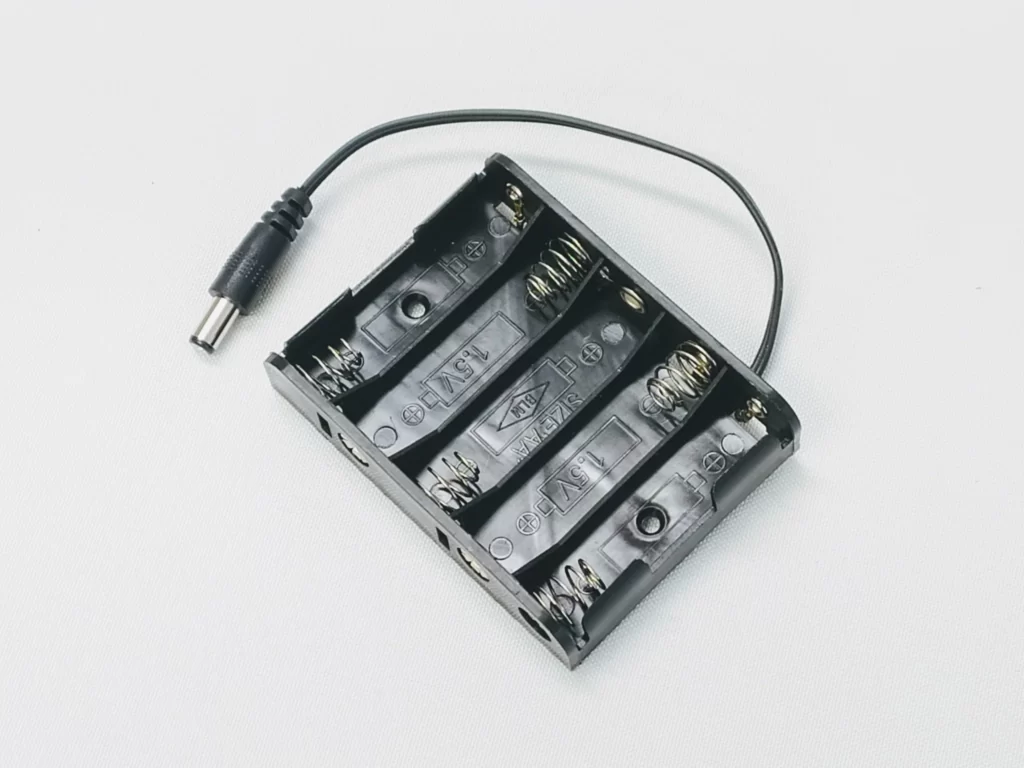
3.7V Rechargeable Battery
A 3.7V rechargeable battery is designed for repeated use and can be recharged multiple times. It consists of two or more cells connected in series or parallel.
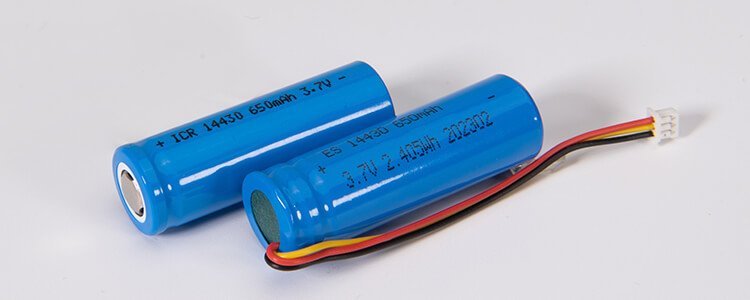
9V Alkaline Battery
A 9V alkaline battery generates a voltage of 9 volts using an alkaline electrolyte. The electrolyte, composed of highly corrosive potassium hydroxide and sodium hydroxide, produces power.
Known for their extensive shelf life, 9V alkaline batteries can remain functional for up to 10 years when properly stored. If you require a reliable and long-lasting power source for your devices, the 9V alkaline battery is an excellent choice. Its nominal capacity can reach 500 mAh.
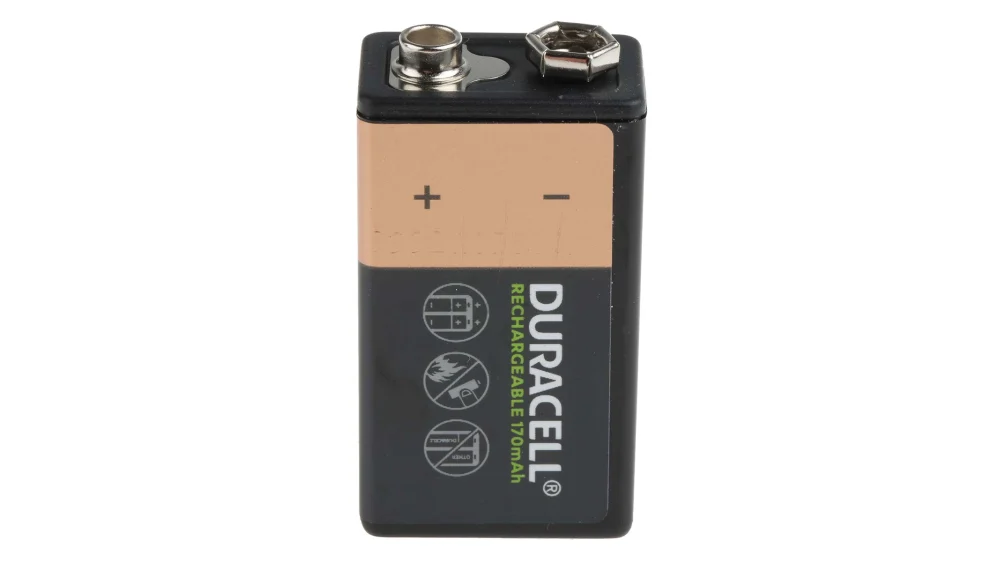
12V Rechargeable Lithium Battery
A 12V rechargeable lithium battery is suitable for various electronic devices. It comprises lithium ions, electrically charged particles that can store and release energy.
The key advantage of a 12V rechargeable lighting strip’s lithium battery is its higher energy density compared to other battery types. This means it can store more energy per unit of weight, making it ideal for portable electronic devices where weight is a concern. It can offer a nominal capacity of 20,000 mAh.
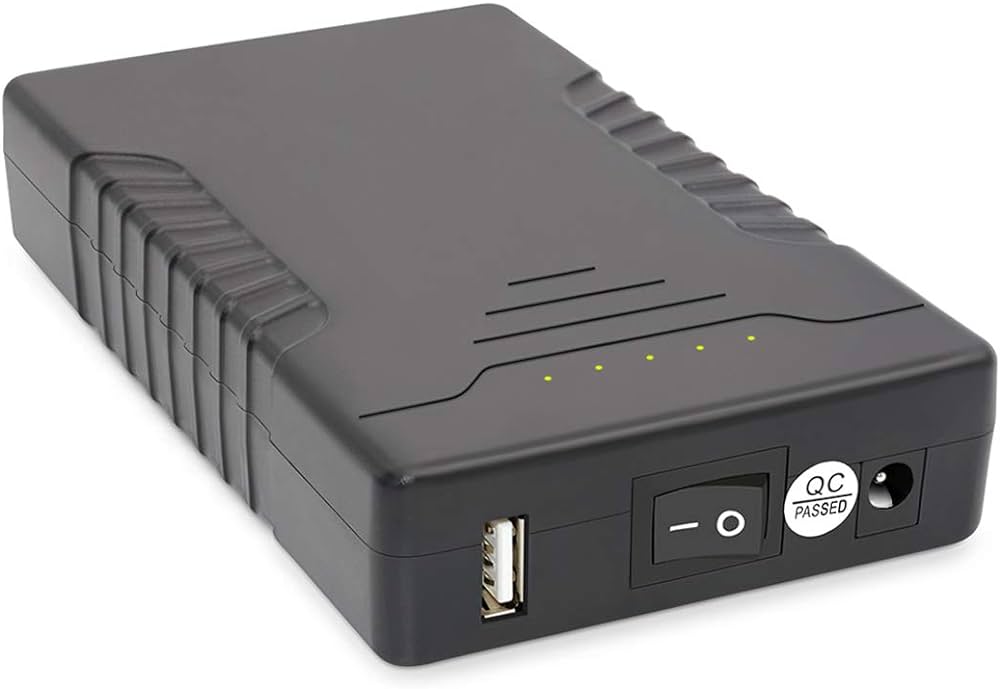
How long can the battery power the LED strip light?
To determine the duration for which a fully charged battery can power an LED strip, you need to consider two factors: the battery’s capacity and the power consumption of the LED strip.
- Battery capacity: Typically, the battery’s capacity is indicated on its surface. Let’s take a lithium 12V battery with a capacity of 2500mAh as an example.
- Power consumption of the LED strip: The power per meter of the LED strip can usually be found on its label. You can determine the total power consumption by multiplying the power per meter by the total length of the strip in meters. For instance, let’s consider a 12V LED strip with a power rating of 6W/m and a length of 2 meters. In this case, the total power consumption would be 12W.
To calculate the battery’s operating time, you divide the total power consumption of the LED strip by the voltage to obtain the current in Amperes (A). Next, multiply the current by 1000 to convert it to milliamperes (mA). In our example, the current would be 12W/12V*1000 = 1000mA.
Finally, divide the battery’s capacity by the LED strip’s total current to determine the battery’s operating time in hours. For the given example, 2500mAh / 1000mA = 2.5 hours. Therefore, the battery can power the LED strip for approximately 2.5 hours.
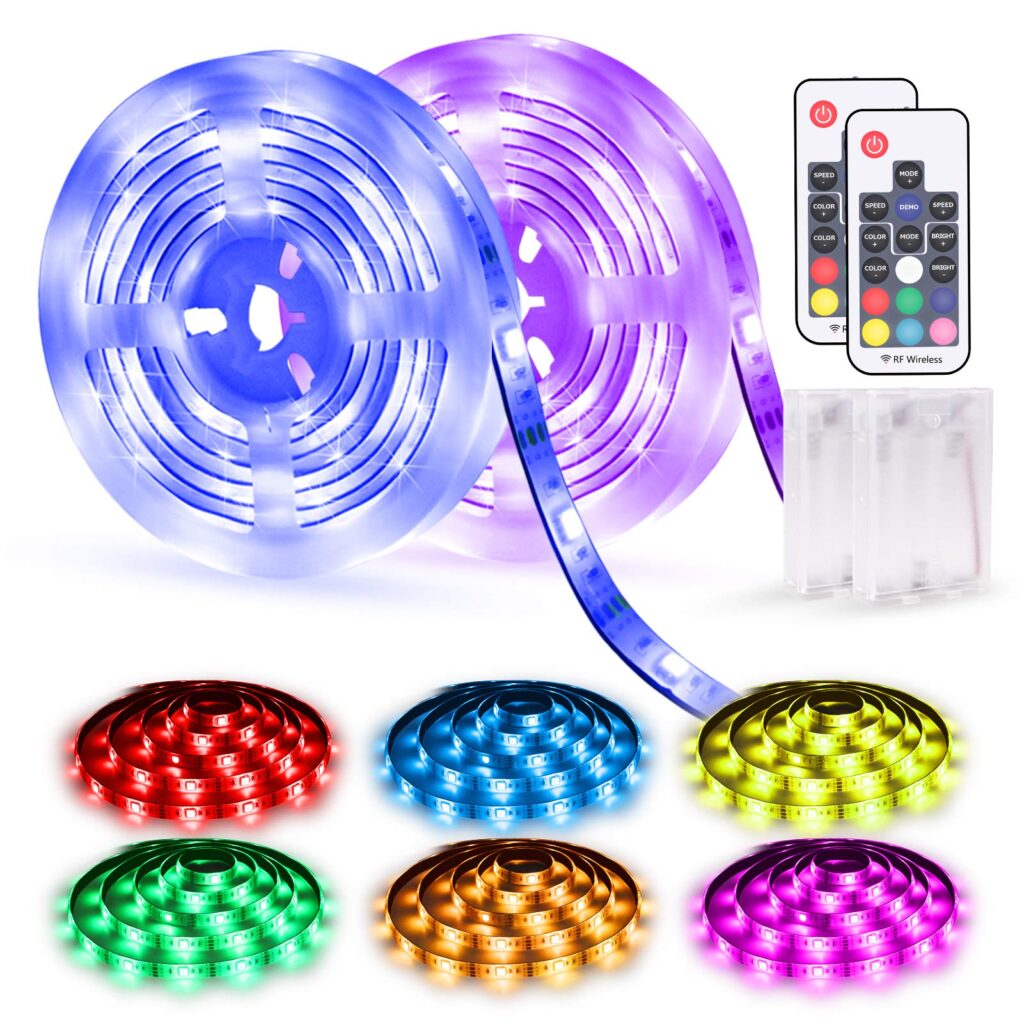
How to Maximize Battery Life?
The battery’s limited capacity typically allows it to function for only a few hours. When the battery is depleted, you have the option to replace it or recharge it. However, you can extend your battery’s lifespan by implementing simple methods.
- Incorporate a Power Switch: Adding a switch can conveniently cut off power when the lighting is not needed. This practice conserves energy and prolongs battery life.
- Install a Dimmer: The brightness of your lighting doesn’t need to remain constant at all times. Lowering the brightness in specific scenarios can save power and extend battery life. Consider adding a dimmer to the battery and LED strip, allowing you to adjust the brightness according to your needs.
- Reduce the Length of LED Strips: The battery life is inversely proportional to the length of your LED strips. It’s worth reevaluating whether you truly require a long LED strip. A decision must be made between the desired length of the LED strip and the battery’s longevity.
How to Connect an LED Strip Light to a Battery?
Connecting an LED strip light to a battery is simple and can be done by anyone.
Step 1: Locate the positive and negative terminals on the battery.
The positive terminal is indicated by a plus sign (+) next to it, while the negative terminal is marked with a minus sign (-).
Step 2: Find the corresponding terminals on the LED strip light.
The positive terminal on the LED strip light is marked with a plus sign (+), and the negative terminal is marked with a minus sign (-).
Step 3: Once you have identified the correct terminals
Connect the positive terminal of the battery to the positive terminal of the LED strip light. Then, connect the negative terminal of the battery to the negative terminal of the LED strip light.
How to Power an RGB Strip Light with a Battery?
Please gather the following items to set up the RGB light bar, battery, and controller.
You will need the following:
- RGB light bar
- Battery
- Controller
Follow these steps to connect the controller and battery:
Step 1: Connect the positive terminal of the controller to the positive terminal of the battery.
Step 2: Connect the controller’s negative terminal to the battery’s negative terminal.
Next, proceed to connect the RGB LED strip to the controller. For your convenience, the controller has clear markings indicating V+, R, G, and B. Simply connect the corresponding RGB wires to these terminals.
Is it safe to use battery-powered LED strips?
It is entirely safe to utilize LED strip lights if they are properly installed and used, regardless of whether the power supply comes from an LED power source or a battery.
Exercise caution, and refrain from supplying the LED strip with a voltage higher than its capacity. Doing so could damage the LED strip and potentially lead to a fire hazard.
Tips for battery usage
Like any electronic gadget, you must exercise caution when dealing with batteries. Ensure your battery voltage does not exceed the LED strip’s capacity. Supplying more power than required can damage the LED strip and might cause a fire.
While charging a rechargeable battery, don’t exceed its appropriate voltage, as it could lead to the battery overheating, swelling, and potentially causing a fire.
Summing Up
To summarize, enabling LED strip lights to be powered by batteries is feasible. This involves linking the LED strip’s positive and negative leads to the corresponding terminals on the battery. Selecting the appropriate battery type is vital to prevent overheating and subsequent fire hazards in the LED strip.
At Mylikeled, we present customizable features for our LED strips and neon flex, allowing personalization to meet your needs. For top-tier LED strips and LED neon flex, contact us today!
FAQs
Is it possible to utilize a battery for powering my sensor cabinet light?
Yes, you can use a battery to power your sensor cabinet light. However, ensuring that the battery’s voltage is compatible with the LED strip is important. If you intend to use the battery frequently to illuminate the sensor cabinet light, it is advisable to use a rechargeable battery. This way, you won’t have to replace the battery frequently and can conveniently recharge it.
Is it possible to use a 9V battery to power a 12V LED strip?
Yes, powering a 12V LED strip with a 9V battery is possible. However, please note that the brightness of the LED strip will be lower when operating at a lower voltage. LEDs typically operate at 3V, and LED strips consist of multiple LEDs connected in series using PCBs. For instance, a 12V LED strip comprises 3 LEDs connected in series and a resistor to handle the excess voltage (3V).
Is it possible to connect a 12V LED strip to a car battery?
When fully charged, our vehicle’s battery showcases a voltage of 12.6 volts or more. The voltage increases to between 13.7 and 14.7 volts when the engine is operational but may decrease to 11 volts if there is a battery drain. Given this instability, it’s not recommended to directly power the 12V LED strip from the car battery as this may lead to overheating and a reduced lifespan for the strips.
Will LED strip lights exhaust my car battery?
Your car’s battery capacity is substantial enough to power a standard car light strip for over 50 hours before depletion. However, several factors could speed up capacity loss, such as a high quantity of LEDs or the use of high-power LEDs. Nevertheless, even if the LED strips are left on overnight, they are unlikely entirely drain your car battery.
Is it possible to use a power bank to light up LED lights?
It’s possible to utilize a power bank to supply power to LED lights. However, it would help if you verified that the voltage of the power bank matches that of the LED strip.
Which batteries are most suitable for LED lights?
Lithium Ion Polymer Batteries are considered the best option for powering LED lights. These batteries have a high energy density, allowing them to store much power in a small volume. They also tend to have a longer lifespan than other battery types.

Hi, I’m Xylia Xiong, a sales professional with 14 years of experience in the LED strip light industry. I specialize in providing tailored solutions, leveraging my expertise in LED products and the latest industry trends. Known for effective communication and problem-solving, I’m dedicated to helping lighting manufacturers, importers, and distributors achieve their goals.
Let’s work together to create customized solutions that exceed expectations.
Related Posts

The Best LED Strip Lights You Can Buy Right Now

Comparing WS2811 Vs WS2812B: Key Differences


